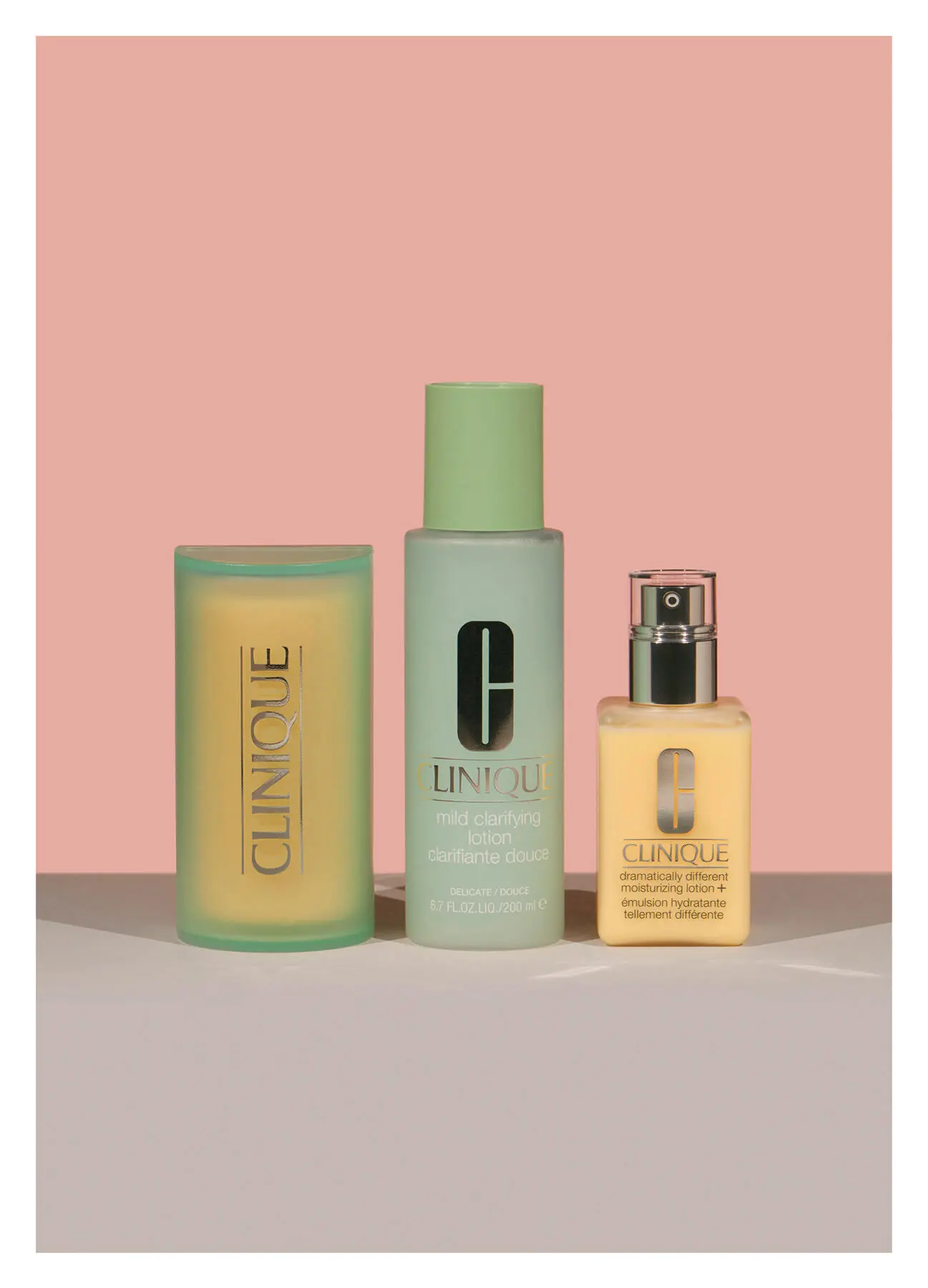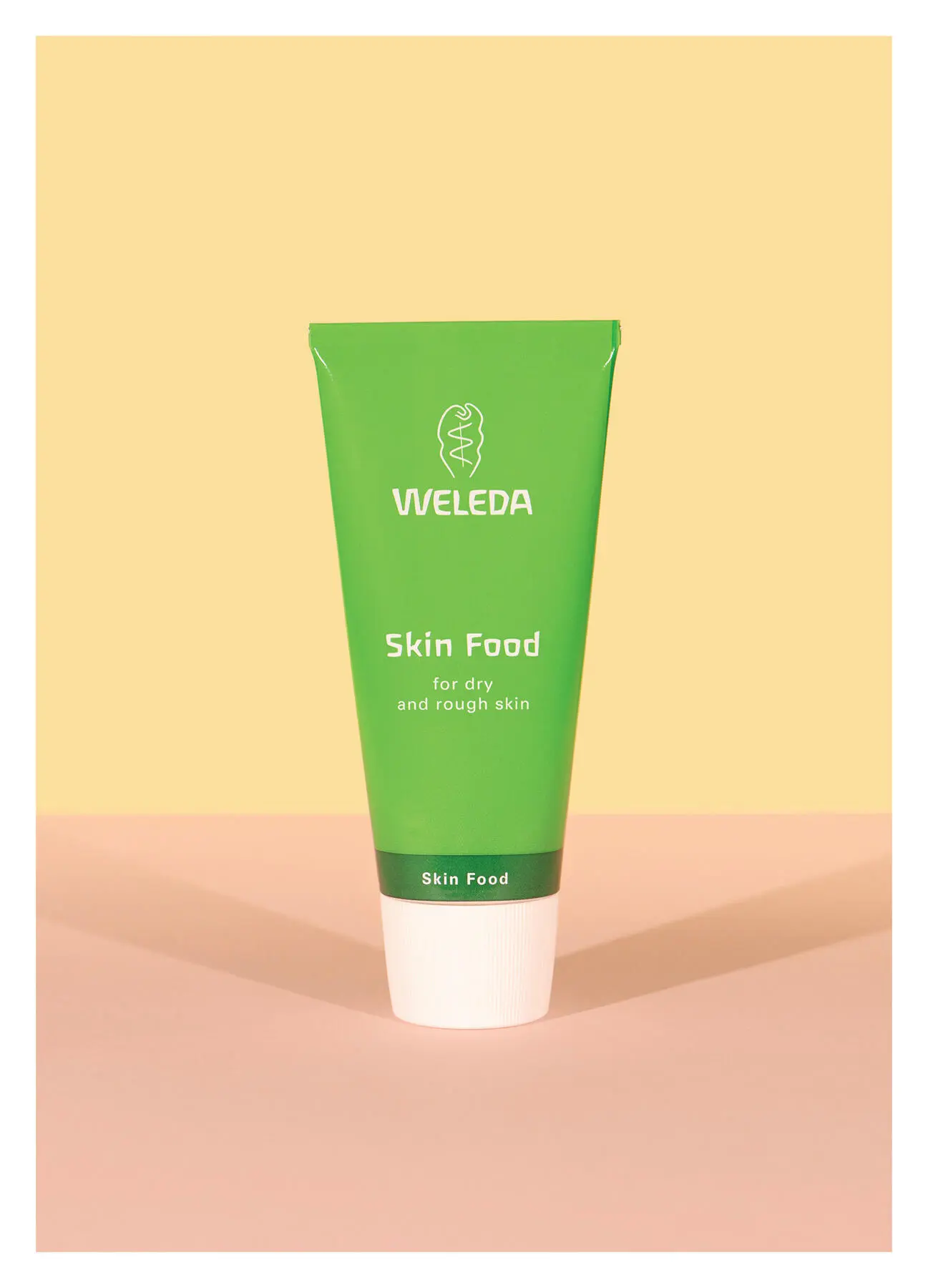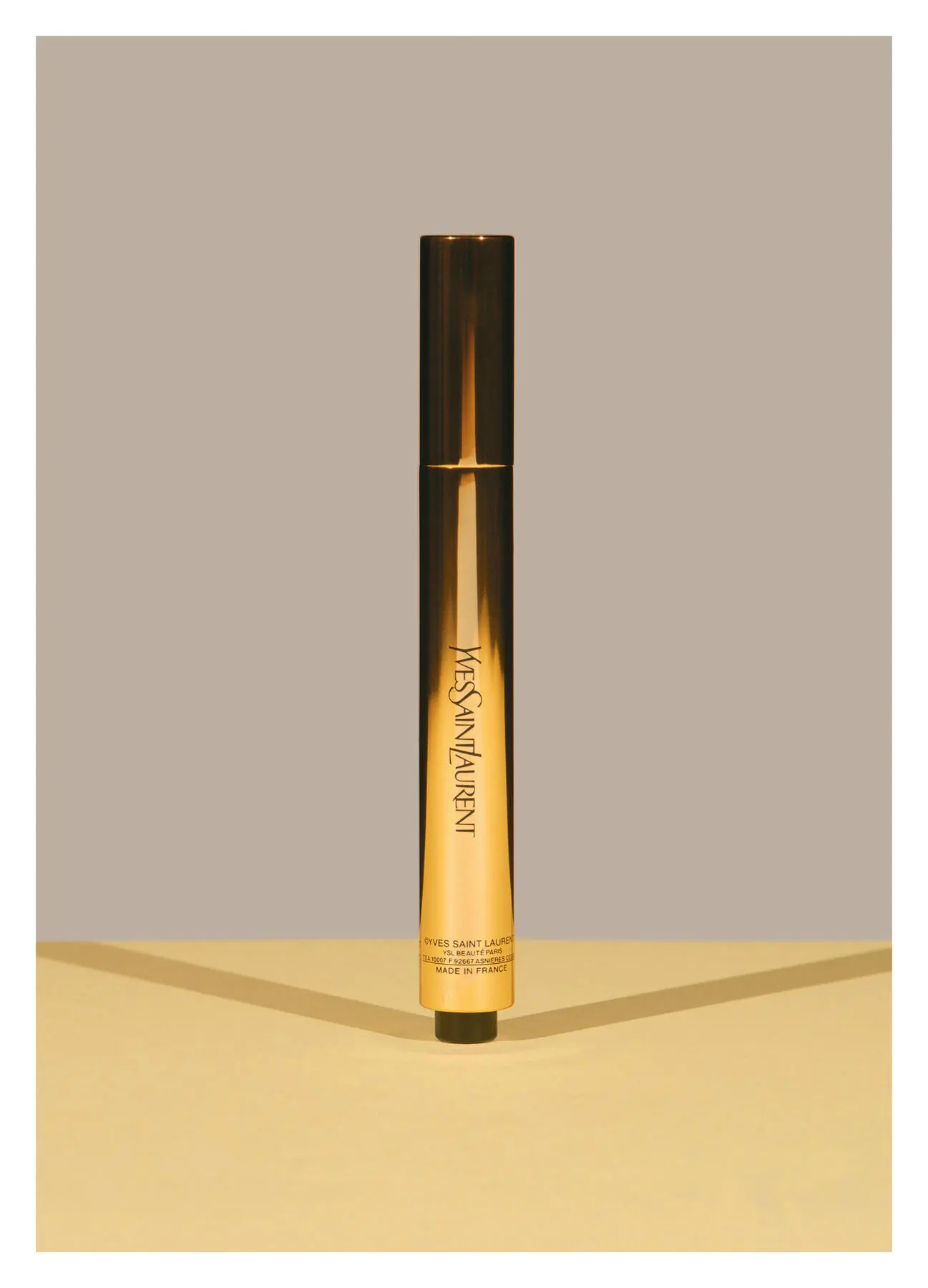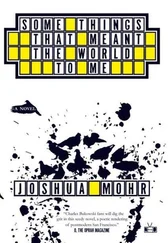
I can never lay claim to being a great lover of natural skincare. Ethics are certainly important, and I am all for paraben-free if that’s important to you (the evidence against them is woolly at best, and most of us eat parabens every day, so I’m sceptical, to say the least). I’m certainly a lover of many essential oils and balm cleansers, I choose organic milk to pour in my tea, boil organic eggs for my breakfast, but when it comes to skincare, my priorities are efficacy and results – and in my view, those usually come from a combination of the best of both science and nature, not from homeopathy for its own sake.
Skin Food, by Swiss-German health shop beauty brand Weleda, is a notable exception. It’s a rich, unctuous and affordable balm made from 100 per cent natural ingredients like almond oil, beeswax, calendula, rosemary, pansy and chamomile, for the purpose of moisturising dry faces and bodies. There’s something so lovely about its slightly medicinal metal tube and 1970s earth mother green design. But the product, sold at a rate of one every thirty seconds, is the real star here. Used by Victoria Beckham, Alexa Chung, Julia Roberts, Winona Ryder, Adele, a million models, make-up artists and, erm, me to baste my face like a turkey on long-haul flights, Skin Food acts as the name suggests: it’s exactly what to reach for when your skin feels peckish for something lovely, and leaves face and body snug, cosseted and comfy. I adore its gorgeous botanical smell, its reasonable price point, its assured place next to mung beans and nut bars in health food stores, its integrity and modesty. But most of all, I love that Skin Food has steadfastly stuck to its guns through every imaginable beauty trend and, almost a hundred advertising-free years after launching, is as relevant and more widely loved than ever, like some kindly great-grandmother who always quietly knew best.

Touche Éclat is arguably the most iconic make-up item of all time. The evidence can be seen everywhere: make-up artists referring to a ‘touche éclat look’ (as one might use the term ‘Hoover’ for vacuum cleaner) when they actually just mean the artificial adding of brightness; men raiding their wives’ make-up bags for an instant pick-me-up; women who own no other make-up keeping a regular stock to perk up sleepless eyes; a thousand copycat products; sales figures so vast that this one gold tube is a brand all on its own. But oh, Touche Éclat, our own relationship is complicated. I first discovered this elegant gold clicky pen of salmon-pink cream in the early nineties, when it had secured its place in every make-up artist’s kit I invariably poked my nose into. The buzz escalated outside the professional world, partly thanks to the explosion of celebrity culture and countless ‘What’s in my make-up bag’ interviews with A–Z list actresses and popstars, all wildly singing its praises. Somewhere in this process, Touche Éclat became known as a concealer, and this, for me, is where my issues began.
Touche Éclat is not a concealer. It is a brightening corrector, and one launched way before any other mainstream brands had considered their usefulness (nowadays, correctors are everywhere). On white skin, its sheer pinky hue helps cancel out grey tones commonly found under the eyes, and highlights cheekbones to make them pop. It does not cover spots, blemishes, patches of sun damage or much else for that matter, and to misappropriate it is often to make things much worse. When flicking through a wedding photo album on Facebook, I can invariably spot Touche Éclat before I’ve even had time to digest the frock. When worn in abundance as a generic cover-all, with no proper concealer over the top, it creates the impression of a fortnight spent skiing in goggles in Val d’Isère. On dark skins, the original shade (called Radiant Touch, it has now rightly been joined by several brand extensions, including more skin tones, colour correctors for different uses, and a very good light-reflecting foundation) looked sickly and unnatural.
Its woeful misuse was and is a terrible shame, because when used judiciously and sparingly as an undercoat for concealer or as a straightforward highlighter, Touche Éclat is actually rather wonderful. Its revolutionary click pen packaging makes it very convenient for making up on the move (you’ll need to wash the brush regularly, of course), its thin formula blends beautifully, and its sparkle-free light reflection is perfect on brow bones to sharpen their appearance. On cheekbones, or applied lightly across the centre of the face in a cat’s whiskers formation (then blended, of course), it can bathe skin in gloriously flattering light.
Sadly, my appreciation for Touche Éclat came way too late in the day. I am horribly allergic (and I say this as someone who, after a lifetime of product testing, has skin as hardy as Shane MacGowan’s liver), and so I cannot finally make amends for my former harshness. I use Bobbi Brown or Becca corrector on my own dark circles. But to the vast majority of women who can click, sweep and blend Touche Éclat with no adverse effects, all I can say is that I finally see where you’re coming from.

I do so love a product with a sneaky sideline in something for which it was never designed. KY Jelly as a hair styler on short retro haircuts, non-oily eye make-up remover on stubborn carpet and soft furnishing stains, and clear nail polish on freshly laddered tights are just a few hugely satisfying deployments of products entirely fit for multiple purpose. Perhaps the most polymathic product of all is this, a cheap-as-chips fragrant body moisturising spray, reportedly used for decades by the US Navy as a standard-issue mosquito spray for soldiers stationed abroad. Meanwhile, on Civvy Street, Skin So Soft’s vast legion of fans (40 million bottles have been sold since its 1961 launch, and Avon representatives stockpile it at the beginning of every summer) claim the dry-oil spray makes an excellent remover for candlewax, chewing gum and paint. Artists and decorators use it to clean brushes, housekeepers swear by it to remove carpet stains, and Hollywood film crews douse themselves in large quantities before entering an insect-ridden shooting location. Even the royal household is rumoured to use it for purposes on which we can only speculate.
What we can be sure of is that Skin So Soft is a hidden gem of a product, and that to have this somewhat dated and naff-looking bottle (more like something kept under the sink than in the bathroom cabinet) handy at all times is to be in on an immensely satisfying secret. So wide is Skin So Soft’s skill set that it’s easy to forget that it delivers admirably on its original brief. It has a light, pleasant smell, a non-greasy texture, and leaves limbs softened and more evenly toned. And mercifully abhorrent to mozzies.
Elizabeth Arden Eight Hour Cream
I admire beauty brands with a sort of benign arrogance about their star products, a self-belief so strong that to tweak, reformulate or move with the times would be an unthinkable admission that any improvement on the original is even possible. This is why I so admire Elizabeth Arden’s Eight Hour Cream, a thick, glossy, greasy preparation invented in the 1930s by Miss Arden herself and used ever since on the burns, cuts, windburn, chapping, grazes, dry lips, ragged cuticles and unruly brows of humans, and on the aching legs of thoroughbred horses (yes, really – Miss Arden always kept jars in her stable and it caught on. I suppose if you’re dropping half a million on an animal, then twenty quid on some luxury hoof ointment is mere loose change).
Читать дальше













